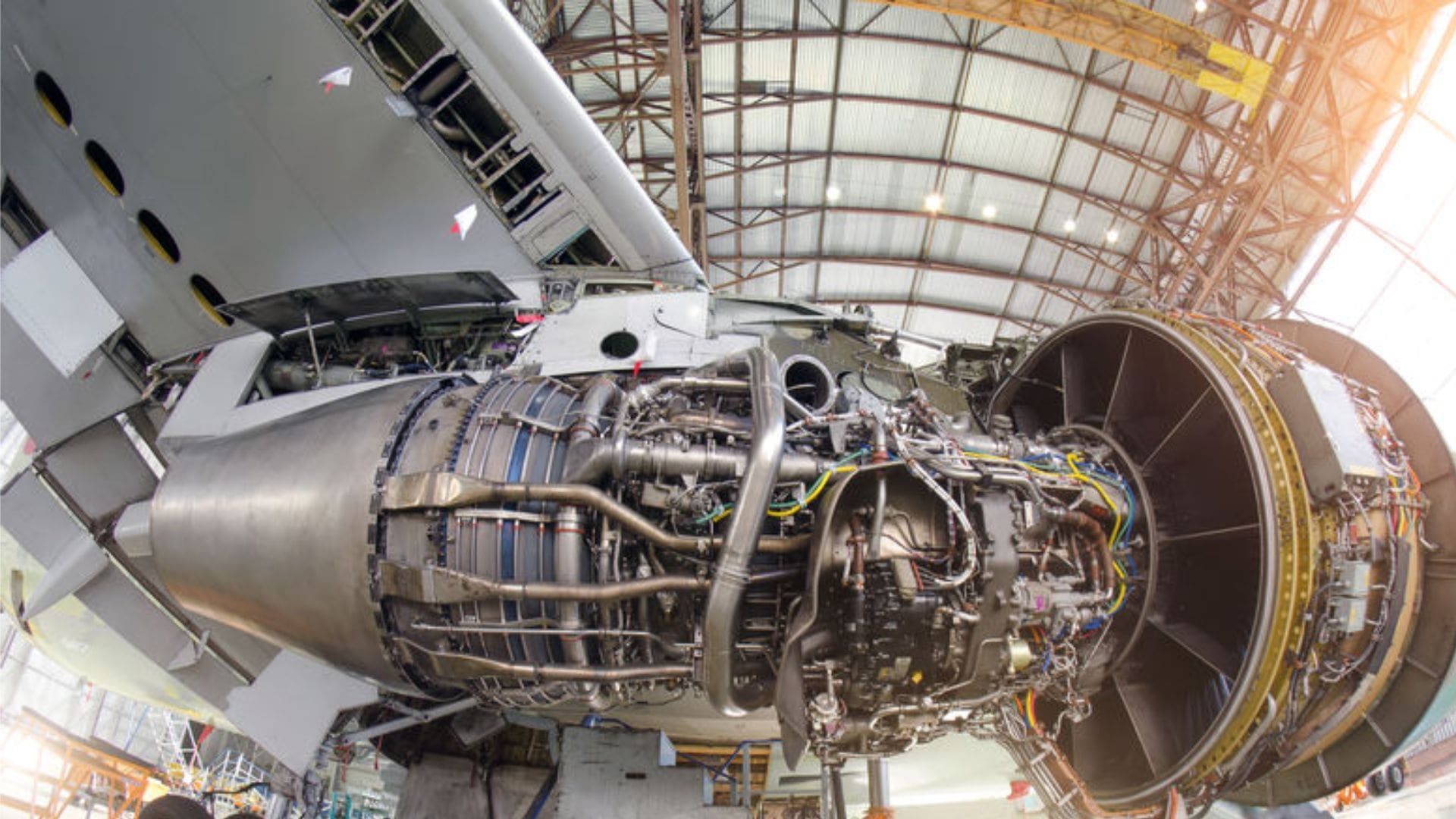Reaching New Heights: Overcoming Challenges in Italy's Aerospace Industry
- Italy | 14 September 2023

Italy’s aerospace industry has a long-standing history of excellence and innovation, contributing significantly to the country’s technological advancements and economic growth. However, like any sector, it faces a range of challenges that require strategic planning, investment, and collaboration. In this article, we explore the challenges faced by Italy’s aerospace industry and shed light on the initiatives being undertaken to overcome them. From global competition to technological advancements, these challenges shape the industry’s trajectory and necessitate proactive measures for sustained success.
One of the primary challenges facing Italy’s aerospace industry is intense global competition. Established aerospace powerhouses and emerging economies alike are vying for market share, pushing companies to continually innovate and stay ahead. Competing on a global scale requires Italy to invest in research and development, foster strategic partnerships, and leverage its unique strengths. Collaborative efforts within the industry and support from the government are essential in maintaining competitiveness and capturing new opportunities in the global aerospace market.
The aerospace industry is characterized by rapid technological advancements. From next-generation aircraft to advanced propulsion systems and unmanned aerial vehicles (UAVs), technological innovation plays a pivotal role in shaping the industry’s future. Italy’s aerospace industry must keep pace with these advancements to remain at the forefront. Embracing emerging technologies, such as additive manufacturing, artificial intelligence, and autonomous systems, requires substantial investment in research, development, and skilled human capital. Collaborations between industry players, research institutions, and academia are crucial for driving technological advancements and maintaining Italy’s position as an aerospace leader.
Maintaining a robust and resilient supply chain is a critical challenge for Italy’s aerospace industry. The sector relies on a vast network of suppliers, both domestic and international, to deliver components and systems of the highest quality. Disruptions caused by geopolitical events, natural disasters, or supply chain vulnerabilities can significantly impact production timelines and cost efficiencies. Building a resilient supply chain requires diversification, strategic partnerships, risk management, and a focus on transparency and sustainability. Strengthening the relationships between manufacturers and suppliers through collaboration and information sharing is crucial to mitigate potential risks and ensure smooth operations.
The aerospace industry operates within a highly regulated environment to ensure the safety of aircraft and passengers. Compliance with strict regulations and standards is essential, but it can pose challenges for industry players. Keeping up with evolving regulations, addressing safety concerns, and maintaining compliance throughout the design, production, and operational phases of aircraft require continuous monitoring and adaptation. Collaborative efforts between industry stakeholders, regulatory bodies, and certification agencies are necessary to navigate complex regulatory landscapes and ensure the highest safety standards are upheld.
The aerospace industry is increasingly focused on environmental sustainability as society demands greener and more sustainable solutions. Italy’s aerospace industry faces the challenge of reducing emissions, noise pollution, and environmental impacts while maintaining performance and safety standards. Developing more fuel-efficient aircraft, exploring alternative propulsion systems, and implementing sustainable manufacturing practices are crucial. Collaborative research initiatives, partnerships with academic institutions, and close cooperation with environmental organizations are essential in addressing environmental challenges and achieving sustainability goals.
Like many advanced industries, Italy’s aerospace sector faces the challenge of attracting and retaining a highly skilled workforce. The industry requires professionals with expertise in engineering, design, manufacturing, and project management. Additionally, the dynamic nature of the aerospace industry demands continuous learning and development of new skills. To address the talent gap, investments in education, vocational training, and initiatives to attract young talent are essential. Collaboration between industry, academia, and government institutions can help foster a pipeline of skilled professionals and cultivate a culture of innovation and excellence.
Italy’s aerospace industry is poised for growth and success, but it faces a range of challenges that require proactive and strategic solutions. Navigating global competition, embracing technological advancements, ensuring supply chain resilience, complying with stringent regulations, prioritizing environmental sustainability, and addressing the talent gap are crucial for the industry’s future. By fostering collaboration, investing in research and development, nurturing partnerships, and supporting the growth of a skilled workforce, Italy’s aerospace industry can overcome these challenges and continue to soar to new heights of innovation and excellence.








